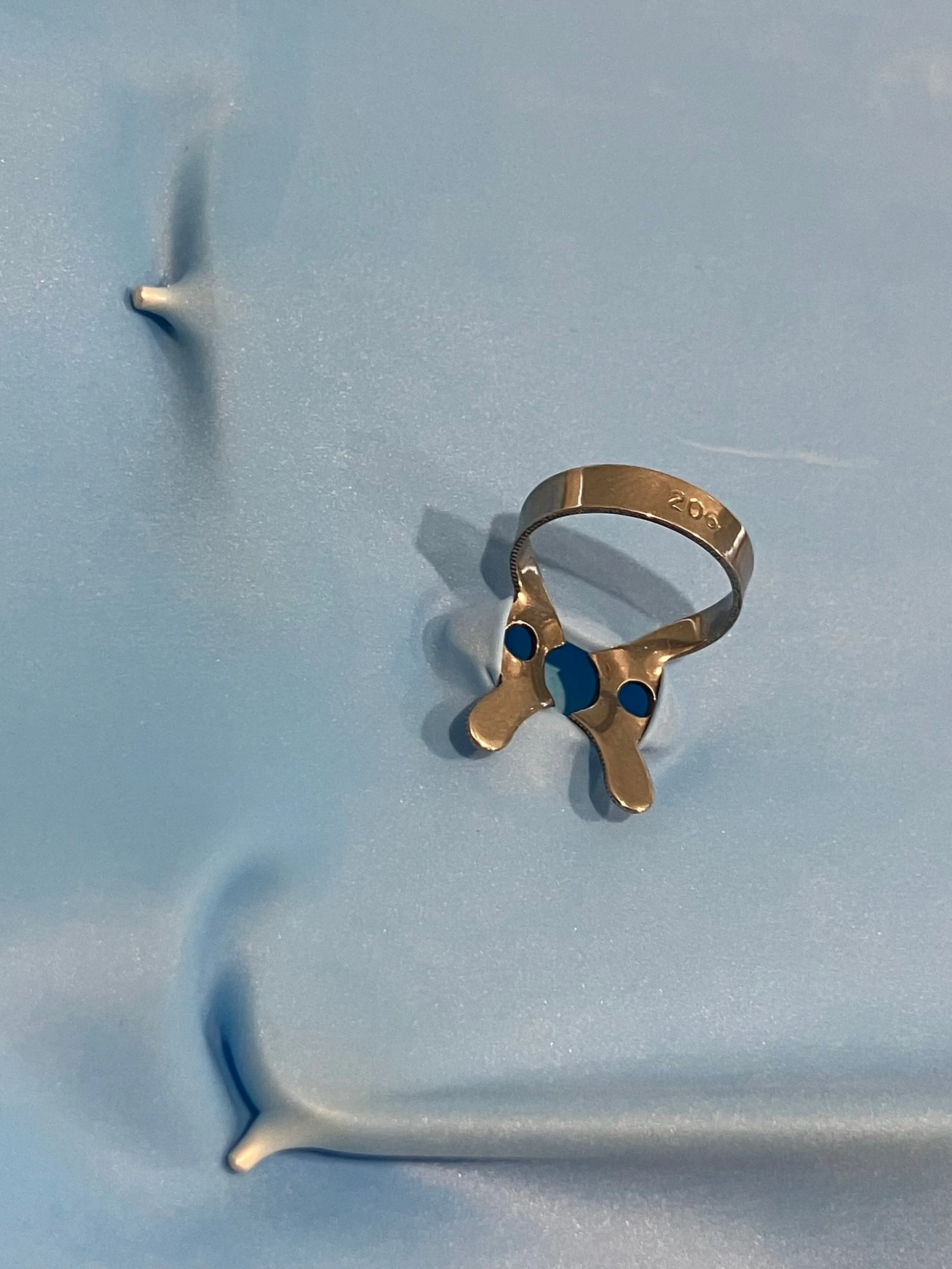Root Canal Treatment
Root canal treatment is a procedure used to address infection or damage within the pulp (nerve) of a tooth. The pulp can become infected or irreversibly inflamed due to trauma, deep decay, or cracks, often causing severe pain.
Interestingly, many patients don’t experience any symptoms, which can make it surprising when a root canal becomes necessary. This "silent" infection can be dangerous because the absence of pain doesn’t mean there’s no problem.
Left untreated, the infection can worsen, spread to surrounding teeth or structures, and potentially lead to tooth loss. A root canal removes the infected tissue, cleans and shapes the inside of the tooth, and then seals it to prevent further infection. This procedure can save a tooth that might otherwise need to be extracted, allowing it to function normally for many years.
However, by the time a root canal is needed, a significant amount of the tooth structure is often already lost. To ensure that the tooth can function predictably for years to come, Dr. Murphy may recommend placing a crown after the root canal. A crown helps structurally reinforce the tooth, restoring its strength and providing an optimal seal to prevent future infection.
Dr. Murphy follows the latest, evidence-based protocols for root canal treatments, ensuring a comfortable and predictable experience for his patients. Although not an endodontic specialist, Dr. Murphy has trained with some of the world’s top-endodontists, incorporating their advanced techniques into his practice. He relies on high-powered magnification dental loupes to achieve a detailed and precise view of the tooth, allowing for thorough and effective treatment. On occasion, for more complex cases, a referral to a specialist with an endodontic microscope may be considered.
To keep the treatment area dry and clean, Dr. Murphy uses a rubber dam—a thin sheet of rubber placed around the tooth. The rubber dam isolates the tooth from the rest of the mouth, preventing saliva and bacteria from interfering with the procedure. Many patients find the rubber dam surprisingly comfortable as it prevents water from reaching the throat, eliminates the sensation of a dry mouth, and allows them to breathe easily through both the mouth and nose. In fact, some patients find the procedure so passive and gentle that they’ve even been known to nod off during treatment—demonstrating just how thorough, effective, and comfortable Dr. Murphy’s approach can be.


